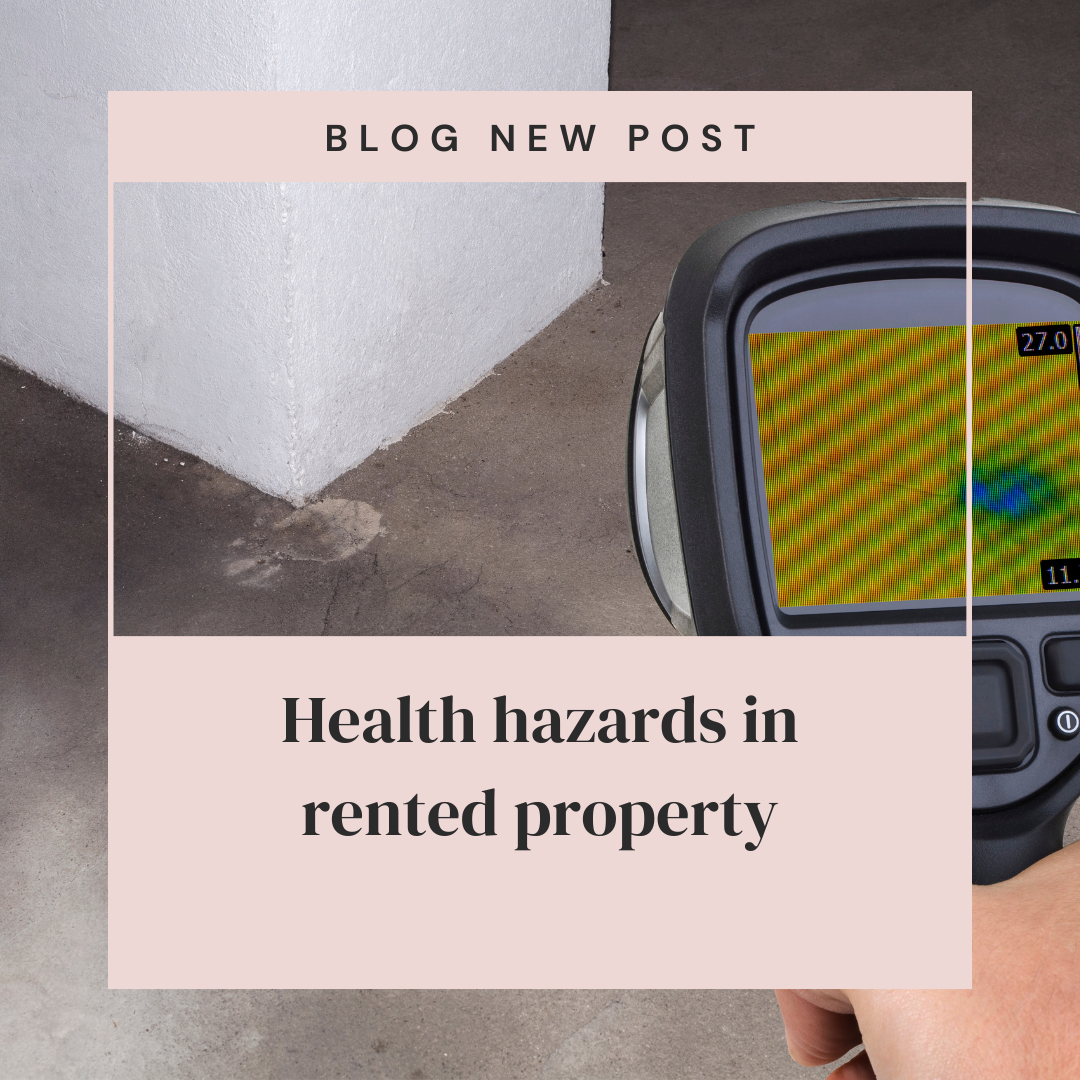Health hazards in rented property
Health hazards in rented property: Your rented property should be a haven – a place of comfort, safety, and good health. But what happens when your living space becomes a breeding ground for health hazards? From damp and mould to faulty electrics and asbestos, these hidden threats can pose serious risks to your well-being.
The good news is, as a tenant in the UK, you have the right to live in a safe and healthy home. This blog post will empower you to identify potential health hazards in your rented property and guide you on the steps to take for a healthier living environment.
Spot the Sneaky Culprits: Common Health Hazards in Rented Properties
Let’s delve into some of the most frequent health hazards lurking in rented properties:
- Damp and Mould: This nasty duo thrives in damp environments, triggering respiratory problems, allergies, and even asthma attacks. Look for signs like black spots on walls, a musty odour, and peeling wallpaper.
- Faulty Electrical Systems: Exposed wires, flickering lights, and overloaded sockets pose a serious fire risk and can cause electrical shocks.
- Asbestos: This hazardous material was commonly used in older buildings and can cause lung cancer if disturbed. Be wary of textured coatings, lagging around pipes, and floor tiles that could potentially contain asbestos.
- Excess Cold or Heat: Living in a poorly insulated property with inadequate heating or ventilation can lead to respiratory problems and even hypothermia in extreme cases.
- Carbon Monoxide (CO) Poisoning: This odourless, colourless gas can be deadly if undetected. Faulty gas appliances or blocked flues are common culprits.
Taking Action: What to Do if You Find a Health Hazard
If you suspect a health hazard in your rented property, don’t ignore it! Here’s how to address the situation effectively:
- Document, Document, Document: Take clear photos and videos of the hazard, including close-ups and wider shots showing the affected area. Note down the date you discovered it.
- Inform Your Landlord Promptly: The sooner you report the issue, the sooner it can be addressed. Send a formal email or letter detailing the hazard, its location, and any potential health risks it poses.
- Request a Repair or Inspection: Ask your landlord to arrange for a qualified professional to assess the problem and carry out the necessary repairs.
Empowering Yourself: Resources and Your Rights
Here are some resources and information to keep in mind:
- The Homes (Fitness for Human Habitation) Act 2018: This act gives you the right to live in a property free from serious hazards. https://www.legislation.gov.uk/ukpga/2018/34/enacted
- Housing Disrepair Advice: https://housingdisrepairadvice.org/contact
- Citizens Advice: This free service offers guidance and support to tenants dealing with disrepair and health hazards in their rented property. https://www.citizensadvice.org.uk/housing/repairs-and-housing-conditions/repairs-and-housing-conditions/
- Shelter: They provide valuable advice and resources related to housing issues, including health hazards. https://england.shelter.org.uk/housing_advice/repairs
